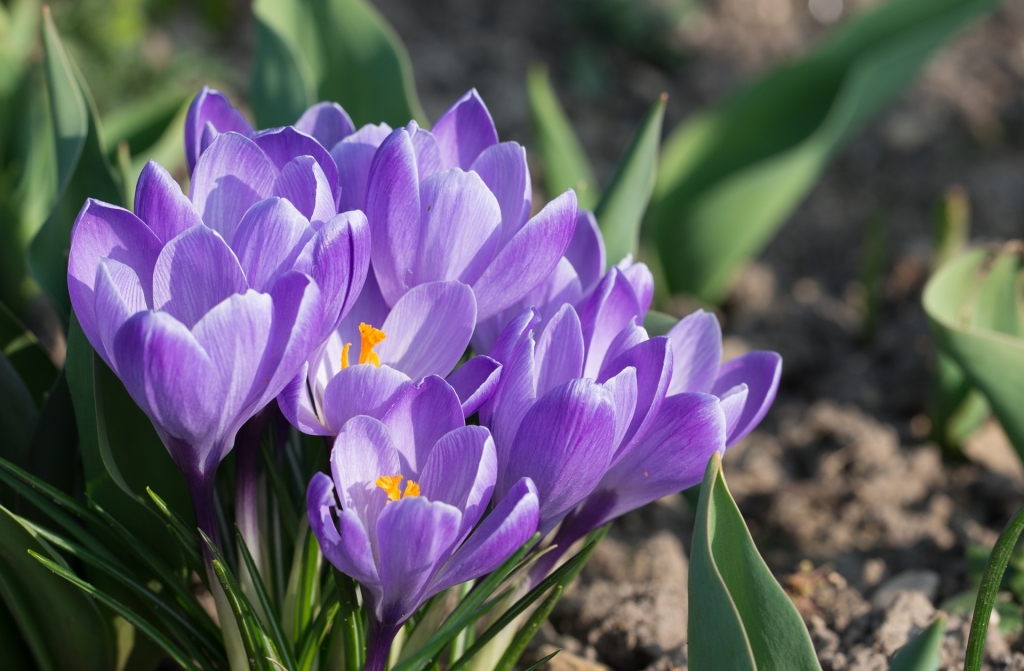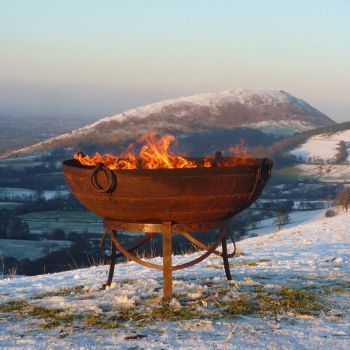
Spring bulbs full of nectar for bees
Did you know that unlike honey bees whose keepers make sure they have enough food in the hive to get them through to spring bumblebee queens emerge from hibernation and have to fend for themselves and without an early source of food can die? Certain spring bulbs are a lifeline so that they can get the nectar they need to sustain them as they fly off in search of a suitable nest site.
What to plant


If your favourite spring plant is the tulip then it is believed that the best types of tulips for attracting bees are found in varying shades of violet. Bees are able to see the ultraviolet rays these petals produce when reflected in the sun. Try Tulips like Violet Beauty.

 Whatever you plant a useful tip is that generally planting in a sunny spot often makes the flowers produce more nectar than planting in the shade.
Whatever you plant a useful tip is that generally planting in a sunny spot often makes the flowers produce more nectar than planting in the shade.
So get planting this autumn and not only will you be helping the bees survive but you’ll also get great pleasure next year from these early flowering plants for minimal effort. Bulbs are the easiest of plants to grow in your garden but one of the most rewarding.




